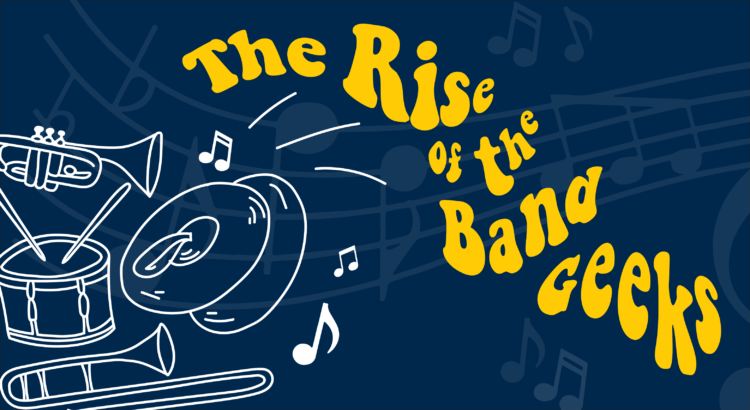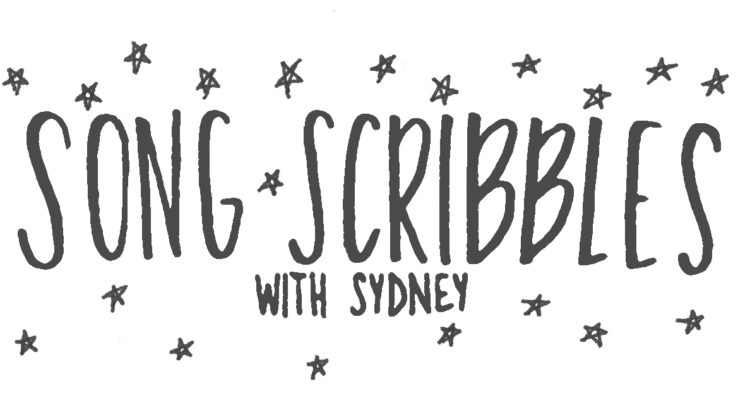Hello, readers! I want to start by apologizing for my brief hiatus from arts, ink. due to some personal issues. I am back and active for my last month at Michigan. Speaking of it being my final month, there are going to be a lot of “lasts” coming up, including my last UM Women’s Glee Club (WGC) concert. This blog post includes the typical advertisement that I normally provide for the upcoming concert, but I am more so going to focus on how the club, traditional UM songs, and music overall have had a positive impact on my time at the university.

I don’t think it will hit me until after the concert that this will be the last time I get to sing “The University” or “Varsity/Victors” on stage. I used to joke that you weren’t a real Michigan fan if all you knew was part of “The Victors,” which is just a snippet of the extensive library of traditional UM songs. Although nearly everyone on campus is familiar with the main chorus of “The Victors,” I’d argue that many people do not know the words to the beginning of the song (everything before “Hail! to the victors valiant”), which I have held close to my heart since learning them through the UM Women’s Glee Club. At the end of the day, it doesn’t matter whether you know these songs or not, but they have helped generate a sense of camaraderie and school spirit I might not have had otherwise.
I credit music and the UM Women’s Glee Club for making me feel more connected to the university. Not only was I able to find another community and make new friends, but I could continue to engage with the arts even if they weren’t my main academic focus. Learning “Blues” pieces, as mentioned in previous posts, also helped me feel connected to school spirit in a unique way. At sports games, I always felt immense school spirit during chants and songs. Singing songs such as “Go Blue” sung in SSAA by Phillip A. Duey (not to be confused with the short “Let’s Go Blue” commonly played at sports games) and “I Want to Go Back to Michigan” elicits even stronger feelings of loyalty and enthusiasm for my school and the memories I’ve made here.
There is always the beautiful and traditional “Yellow and Blue,” but I can already tell that the UM WGC’s arrangement of “College Days” by Donald A. Kahn and Earl V. Moore will be the song that makes me teary-eyed on stage. If you haven’t heard it before, check out the first few lyrics:
I’ll ne’re forget my college days
Those dear, sincere old college days
I’ll ne’re forget my Michigan
‘Twas there long friendships first began
I’m not going to pretend to be the biggest Michigan fan. I don’t know the names of athletes, I can’t promise I’ll be back for future football games (as much as I loved them as a student), and I owe too much in student loans to be comfortable with paying a fortune on more UM gear at the MDen. But the UM songs I’ve learned as a WGC member spur fond, nostalgic feelings, and I haven’t even graduated yet. I’m not surprised that music has that effect.
Our senior song this year, “In My Life” by The Beatles, also provokes strong feelings. To me, the song is about both the past and the present. I mean, take a look at these lyrics:
Though I know I’ll never lose affection
For people and things that went before
I know I’ll often stop and think about them
In my life, I love you more
There are certainly feelings of nostalgia and appreciation for the past, which is bittersweet as the seniors move on from college. But there is also great hope for the present and the future in the way the lyrics compare a current love to the things the singer cared about deeply before. In applying the message to our own lives, there is immense admiration for the past (i.e., college), but there are even greater things to come (i.e., our futures). I like how this theme also relates to the overall subject of the concert, which is “Echoes from the past, Voices for the future.”
UM WGC is one thing I will be sad to say goodbye to, but I am thankful for all the memories and music. I am looking forward to this Saturday and singing in Hill Auditorium one last time. :’)
If you’re interested in attending the concert, click here!






